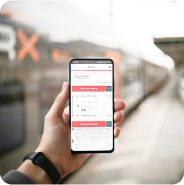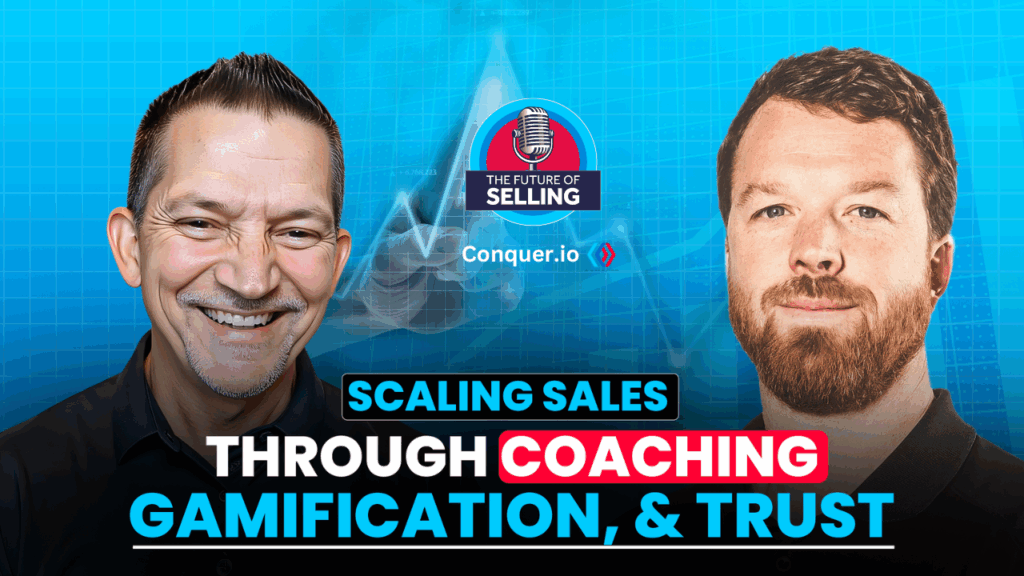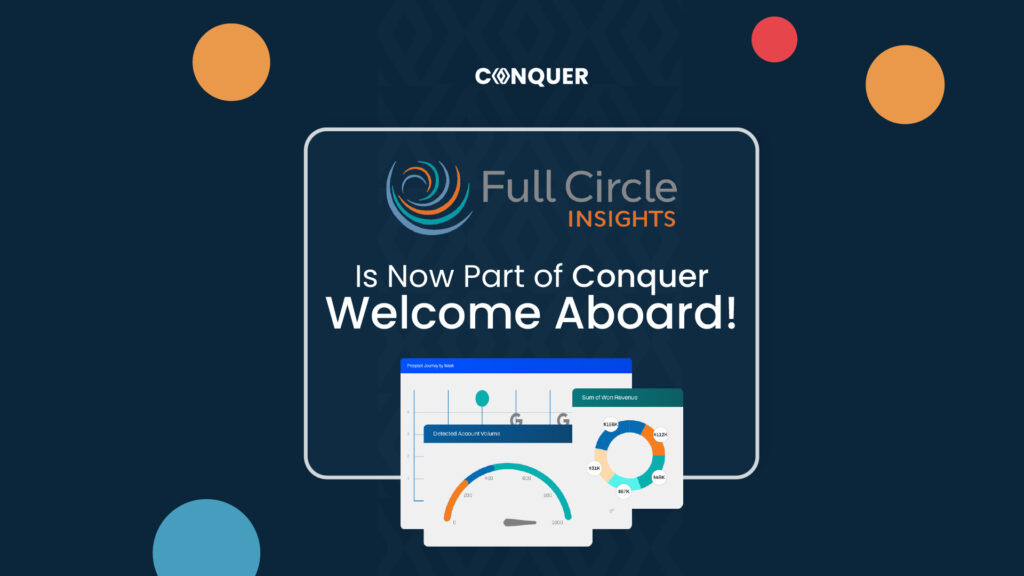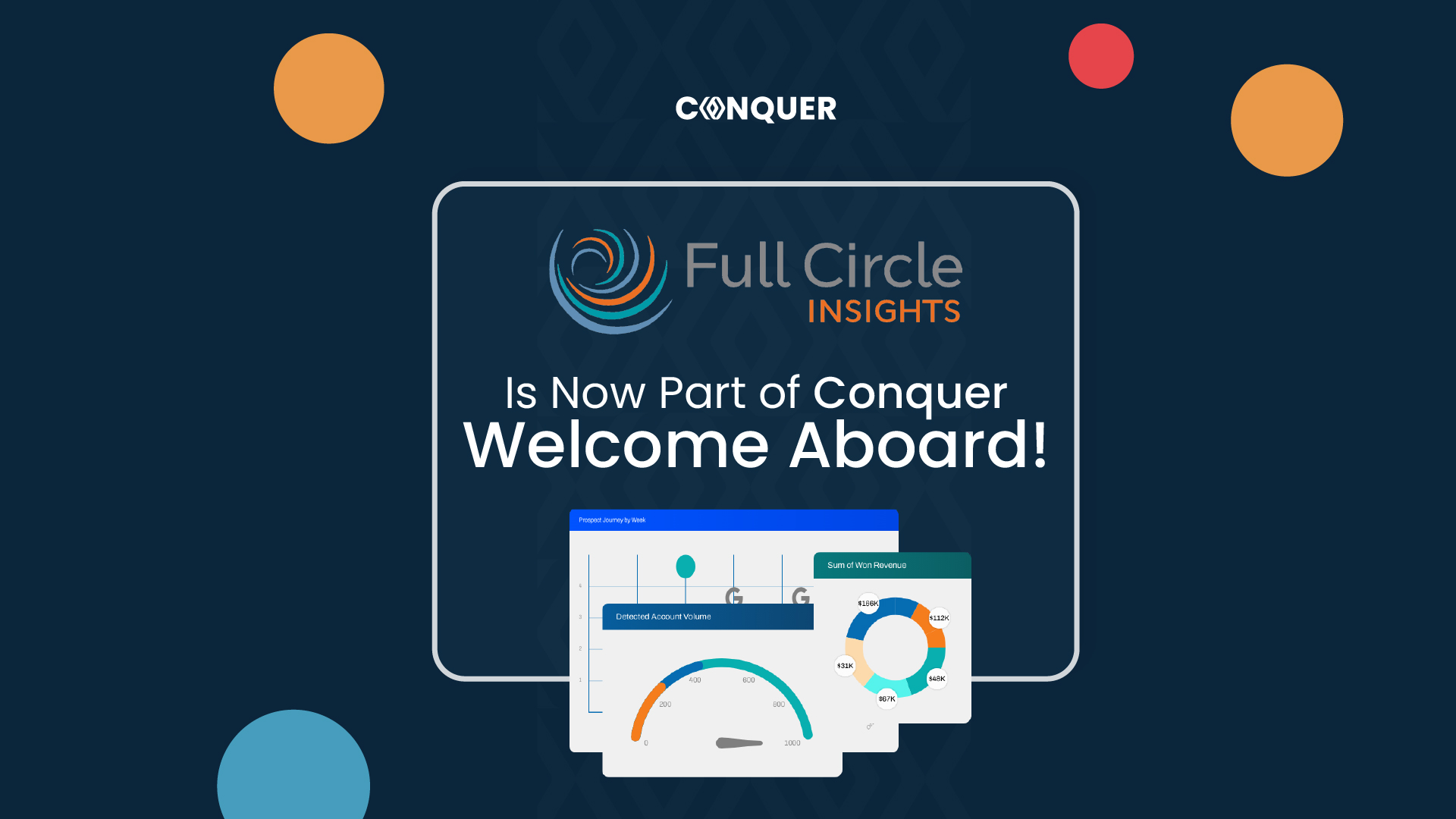Sales teams around the world have adjusted to a digital selling landscape. But how has that translated into the customer experience?
Below, we examine the consumer trends and preferences that are moving modern teams towards a hyper-focused, more connected buyer journey from start to finish, and back again.
Digital Seller Capabilities Have Become Prerequisites
MIT Sloan School of Management reports that digitally mature companies are 23% more profitable than their less mature peers. The top performers deliver an agile and flexible experience that focuses heavily on executing a stellar customer journey through the use of advanced technology tools built into their workflows.
That is not just in roles like Sales Development or Inside Sales, that is across all levels and all business units within the organization. Now we see a complete blurring of lines between inside and outside sales. No longer are they two separate and mutually exclusive roles. Instead, they both have their place. Digital selling has become a way to go to market as opposed to a chosen career path.
Most Customers Prefer Doing Business Online
According to CSO Insights (now part of Miller Heiman Group and Korn Ferry), 65% of B2B buyers receive value in discussing their situations with salespeople, but most want to have that conversation online. McKinsey reports that approximately two-thirds of buyers prefer remote human interactions or digital self-service.
This growth in digital commerce is led primarily by shifting trends in buyer behavior. We see consumers prioritizing self-discovery and spending less time with sales overall. It’s shown that 70% or more of the buying journey is now complete before talking to sales. Furthermore, only 17% of a buyer’s total time investment is spent with sales. That means sales have less access, less visibility, and less time to influence the prospect’s decision. With this challenge comes an opportunity for modern teams to capitalize on historical customer activities, interactions, and context to drive future recommendations and engagement paths.
We see that today’s B2B buyers travel a new path to procurement, involving several different touch points along the way. The more places you can be along their journey to show the differentiated value of your offering, the more you will have a chance to win that customer. It’s most important to meet your prospective customers in their process and add value to the journey by offering help and building trust. The most successful B2B sales organizations position themselves as trusted advisors much more than sales representatives.
Digital is also undoubtedly the more preferred channel for buyers, and only increasing in popularity and adoption. By the year 2040, Nasdaq estimates that 95% of all purchases will be through digital commerce. Moreover, 69% of B2B businesses say they expect to stop printing catalogs within five years. Digital selling is here to stay with advantages for both buyers and sellers.
It’s vital that today’s modern sales teams transition to the role of trusted advisors. To meet buyers on their terms and engage through a relationship built on trust and mutual respect, not swindles and side deals. Digital sellers need to come to each conversation, each prospect engagement, armed with detailed information and ready to add value unique to that contact’s needs.
Benefits of digital sales models:
- More productive and cost-effective
- Typically more preferred channel for customers
- Increased collaboration across departments
- Better access to tools
- Increased visibility and data
- Grow activities without adding headcount
Digital Sellers & Marketing Hyper Focused on Buyer Needs
The CMO Council reports that 9 out of 10 B2B buyers say online content has a major effect on purchasing decisions. To execute a successful, productive, and profitable online customer experience, you must learn how to digitally engage with your target audience effectively. A top priority for most Marketing teams remains a keen focus on improving the customer experience and outcomes.
Sales play a large role in this experience. Marketing must provide sales, in a central place, reliable engagement information (context). Then sales must understand how to sequence engagement around this context. This requires a firm grasp of buyer needs.
By understanding how and why the buyer buys you can align around the ideal path to engage and the right content and the right channels to connect, based on where customers prefer most. B2B sellers who use context to anticipate buyer needs and agility to respond with value, is the seller with the best opportunity for success
Digital Sellers are Creating a More Connected Buying Experience
Today’s B2B buying involves more stakeholders than ever before. According to Gartner Research Group, in a typical firm with 100 to 500 employees, an average of seven people are involved in most buying decisions, each armed with four or five pieces of information they have gathered for themselves. Now, in a digitally connected world, sales reps have to work as a team to close such deals. Coordinating with sales managers, the marketing department, and a business’ other branches are the only way leads get moved efficiently through the funnel.
Gartner Research indicates that “customers don’t buy in a linear fashion”. Rather, they use both digital and in-person channels with nearly equal frequency to complete each of the six B2B buying jobs more or less simultaneously.”
“Today’s world of B2B buying, there is no handoff from marketing to sales (or digital to in-person). It’s a parallel process, not a serial one.” – Gartner Research
The importance of alignment cannot be understated; sales and marketing teams should be well-informed as to the customers we are trying to reach. 81% of marketers expect to compete primarily (or entirely) based on CX. This is up from only 36% in 2010 (Gartner). It’s no longer acceptable to have sales and marketing running different playbooks or only seeing half of the story related to the buyer’s engagement.
As digital B2B sales evolve, alignment must expand to include the ways Sales, Marketing, and Customer Success engage and convert buyers. All of this must be visible across the entire revenue team. A study from Forrester proves that collaboration is the key to closing, noting that B2B organizations with tightly aligned sales, marketing & customer success operations achieved 24% faster growth and 27% faster profit growth over a three-year period.
Digital selling tools, more widely adopted by inside sales, such as Customer Relationship Management (CRM) software and Sales Engagement solutions, give reps the ability to automate workflows, increase activity tracking, and quickly deliver a better understanding of each contact’s position in the process.
This data can be leveraged in real-time, allowing digital sellers to work more closely with marketing and other departments to engage decision-makers throughout the buying process better. Most tools in this category offer either sales engagement or customer service engagement. Still, even the market leaders in these respective categories haven’t been able to provide both in a single tool. Most platforms still require external integration points to sync data with CRM.
That is… until now. Conquer changes everything. See how with a quick discovery call.








